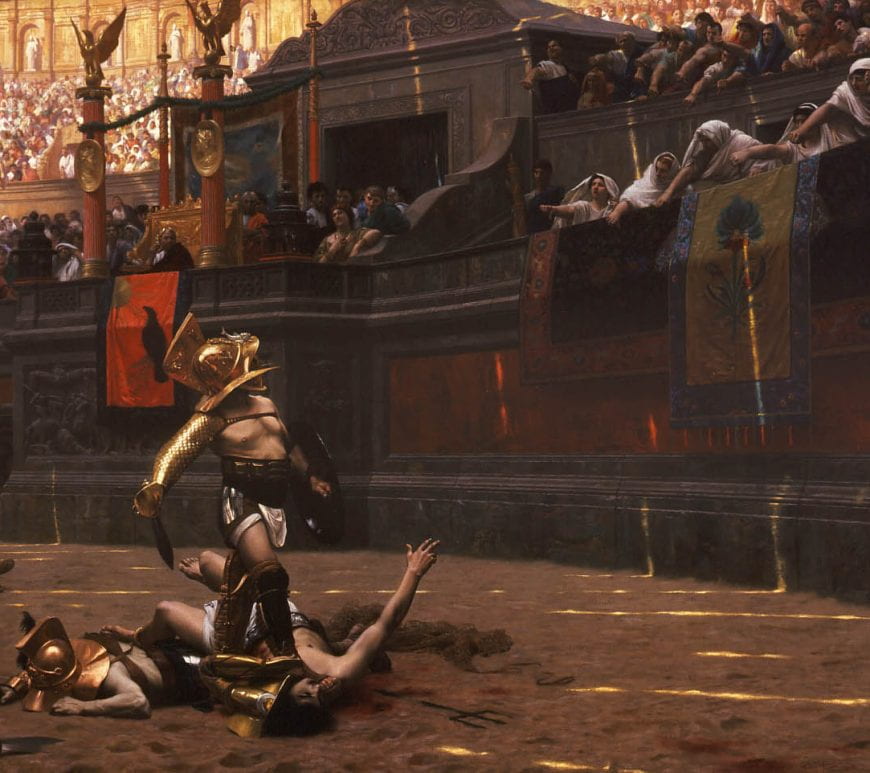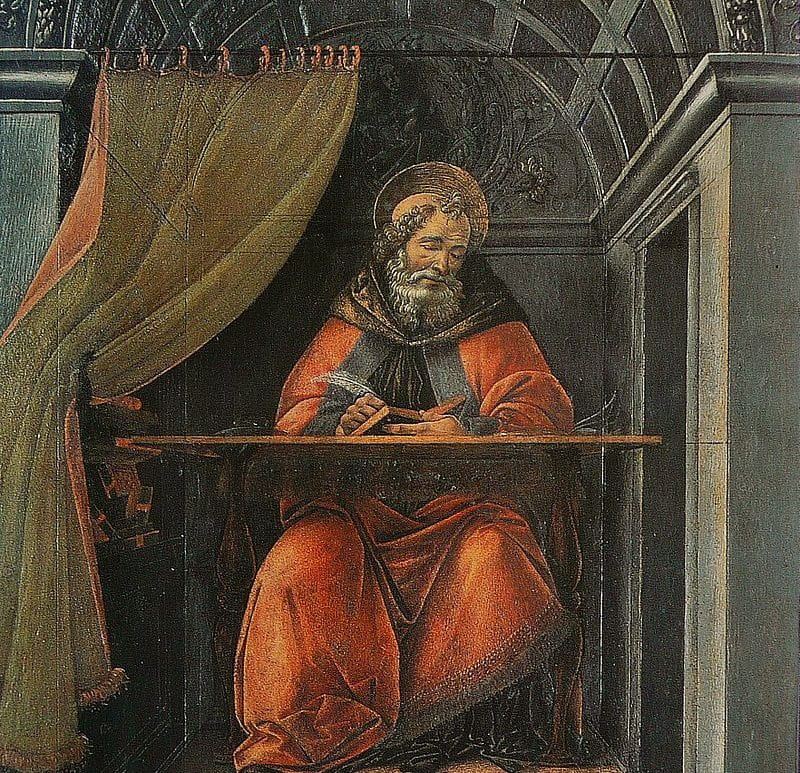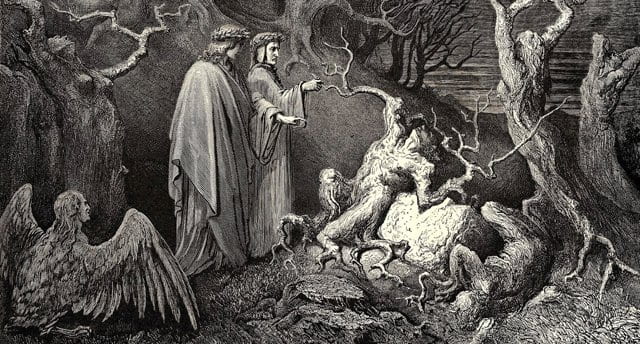
Classifying Witnesses of Violence: Parsing Susan Sontag’s Distinction Between the Voyeur and Non-Voyeur (and a Hesitant Defense of War Photography)
In Regarding the Pain of Others, Susan Sontag, in a way, indicts those who seek out depictions of violence without the intention or ability to provide aid to those being harmed: “Perhaps the only people with the right to look at images of suffering of…extreme order are those who could do something to alleviate it…or those who could learn from it…The rest of us are voyeurs, whether or not we…







